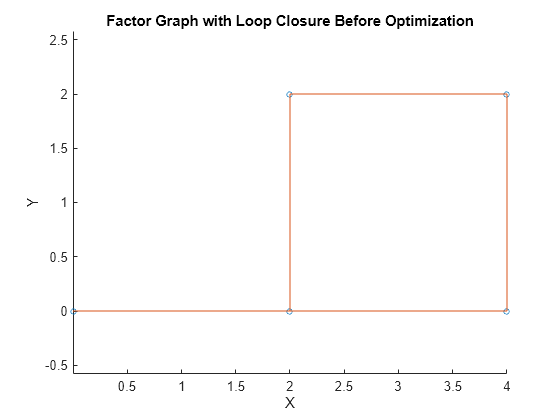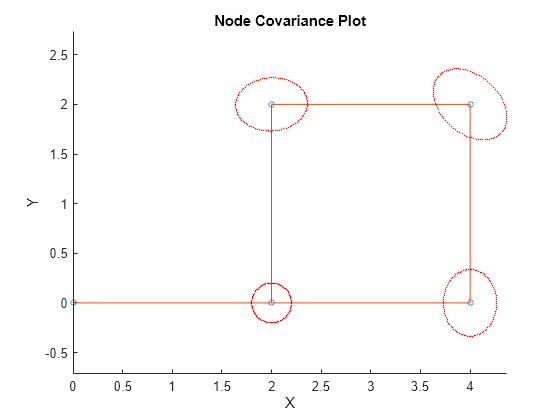nodeCovariance
Description
covariance = nodeCovariance(fg,nodeIDs)optimize function
with covariance estimation enabled before you can retrieve the stored node covariances. For
more information about the covariance estimation algorithm and enabling covariance
estimation, see the optimize and
factorGraphSolverOptions object, respectively.
Examples
Input Arguments
Output Arguments
Extended Capabilities
Version History
Introduced in R2024b

